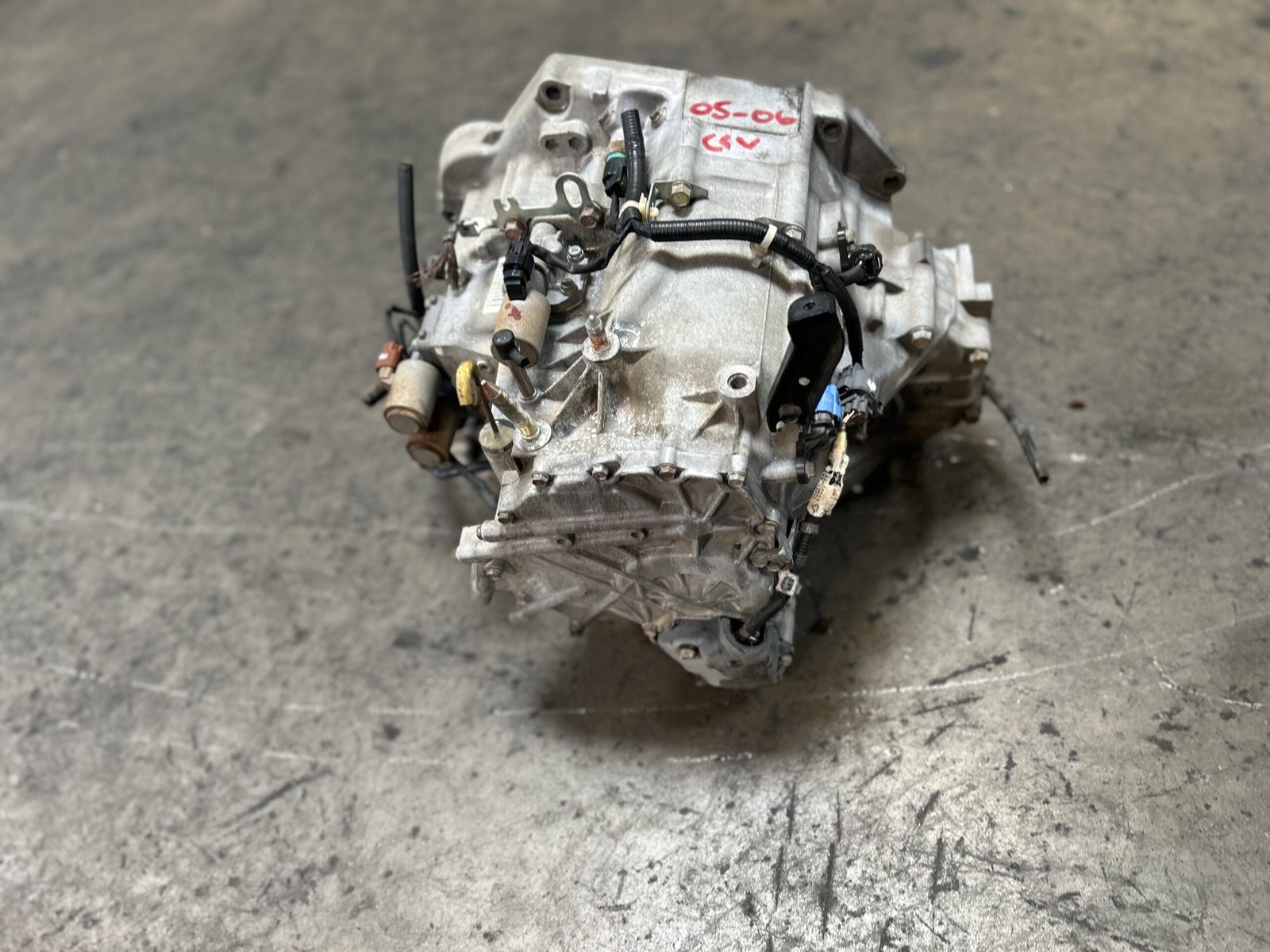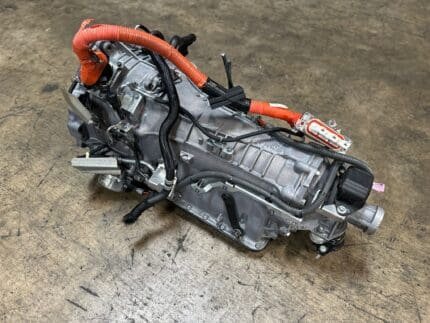Honda CR-V 2WD K24A Automatic Transmission MRSA: A Comprehensive Guide
The Honda CR-V with a 2WD configuration and the K24A engine has been a popular choice for enthusiasts and practical users alike. Featuring a reliable automatic transmission often labeled with the MRSA designation, this model offers a combination of efficiency, durability, and ease of maintenance. This guide will delve into the features, performance, common issues, maintenance, and FAQs related to this specific setup.
Overview of the Honda CR-V K24A Engine and MRSA Transmission
1. K24A Engine
- Type: 2.4L inline-4
- Power Output: Approximately 160-190 horsepower (varies by market and model year)
- Notable Features: VTEC technology for better fuel efficiency and performance balance, lightweight aluminum construction.
2. MRSA Transmission
- Type: Automatic transmission paired with 2WD configuration.
- Primary Function: Ensures smooth gear shifting, optimized for urban and highway driving.
- Key Features:
- Adaptive shifting logic
- Torque converter for better acceleration and fuel efficiency
- Robust design for extended longevity
Performance and Driving Experience
- Smooth Transitions: The MRSA transmission is known for seamless gear changes, reducing engine strain and enhancing overall driving comfort.
- Fuel Efficiency: Aided by the VTEC-equipped K24A engine, the combination delivers respectable mileage, often reaching 25-30 MPG, depending on driving conditions.
- Reliability: Both the engine and transmission are recognized for long-term dependability, requiring minimal unscheduled repairs when properly maintained.
Common Issues and Troubleshooting
While the K24A engine and MRSA transmission are robust, a few issues might arise over time:
1. Transmission Slipping
- Symptoms: Difficulty shifting gears or unexpected gear drops.
- Possible Causes: Low transmission fluid or worn clutch plates.
- Solution: Check and replace transmission fluid; consult a technician for clutch inspection.
2. Torque Converter Problems
- Symptoms: Vibrations during acceleration or delayed engagement.
- Solution: Replace the torque converter if diagnosed as faulty.
3. Transmission Overheating
- Symptoms: Warning lights or a burning smell during extended drives.
- Cause: Insufficient cooling due to blocked lines or low fluid levels.
- Solution: Clean cooling lines and maintain fluid levels.
4. Software Updates
- Periodic updates to the transmission control unit (TCU) software might be necessary for optimizing performance.
Maintenance Tips for the MRSA Transmission
-
Regular Fluid Changes:
- Use Honda-recommended ATF (Automatic Transmission Fluid).
- Replace fluid every 30,000-60,000 miles to prevent buildup.
-
Inspect for Leaks:
- Periodically check under the vehicle for any signs of fluid leaks.
-
Avoid Excessive Load:
- Prolonged towing or carrying heavy loads may strain the transmission.
-
Periodic Inspections:
- Schedule professional inspections to identify wear and tear early.
FAQs
Q1: What is the expected lifespan of the MRSA transmission?
A: With proper maintenance, the MRSA transmission can last between 150,000 and 200,000 miles or more.
Q2: Can I use third-party transmission fluid for the MRSA transmission?
A: It is recommended to use Honda Genuine ATF to ensure compatibility and prevent potential issues.
Q3: How do I know if my MRSA transmission needs servicing?
A: Signs include delayed shifts, unusual noises, fluid leaks, or the transmission warning light appearing on the dashboard.
Q4: Is the Honda CR-V 2WD with K24A and MRSA transmission good for towing?
A: While capable of towing light loads, it is not optimized for heavy towing due to the 2WD configuration and design focus on efficiency.
Q5: What is the fluid capacity for the MRSA transmission?
A: The transmission typically requires about 2.5-3.5 liters of ATF for a standard drain and refill. Check the owner’s manual for precise details.
Q6: Does the MRSA transmission require a cooler for extended driving?
A: While not mandatory, a transmission cooler can be beneficial in hot climates or during prolonged high-load conditions.
Q7: Can I retrofit the MRSA transmission for AWD?
A: Retrofitting would be complex and cost-prohibitive. It is recommended to purchase an AWD model if that feature is essential.
Conclusion
The Honda CR-V 2WD with the K24A engine and MRSA automatic transmission remains a reliable and efficient option for those seeking a practical SUV. By following recommended maintenance practices and addressing any issues promptly, owners can enjoy years of trouble-free performance.







Reviews
There are no reviews yet.